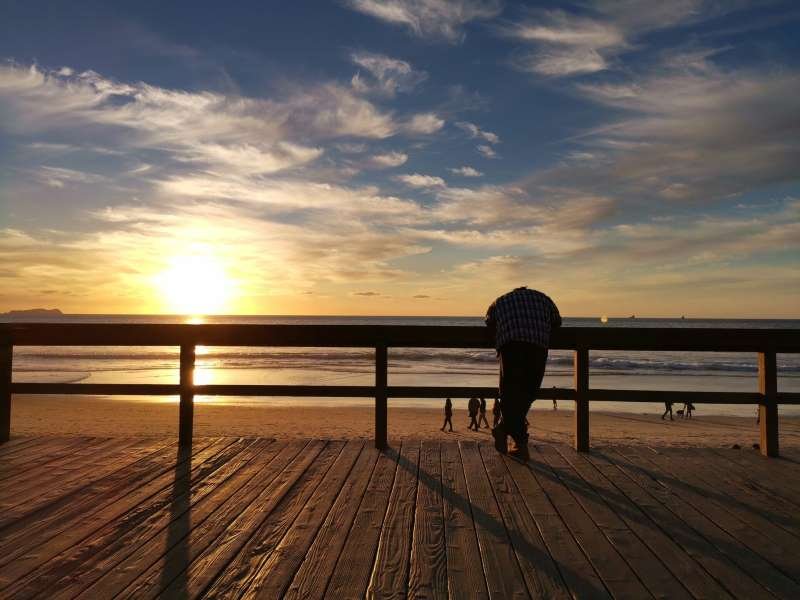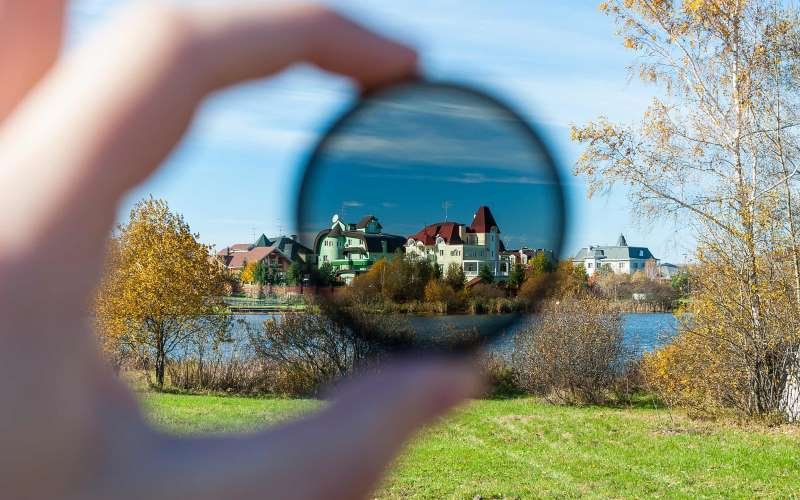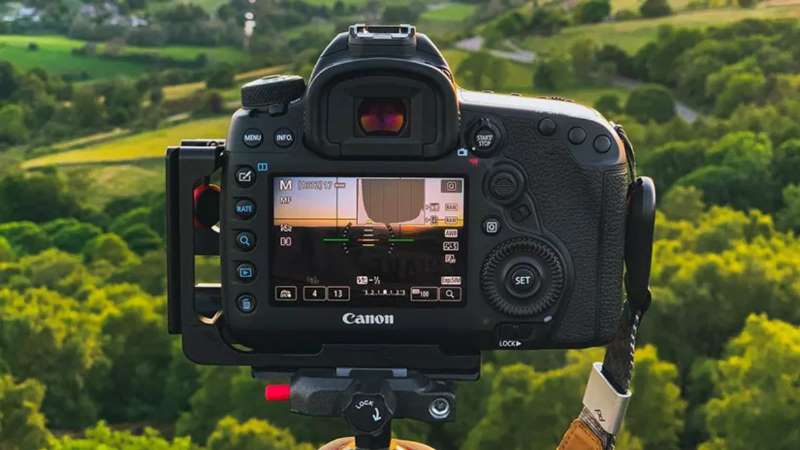Table of Contents
Professional work of the most outstanding caliber is always meticulous in its attention to detail. The level of detail, or lack thereof, in a shot makes it seem more like a film or video. To get additional information, you must be well-versed in the dynamic range of photography.
In The Field Of Photography, What Does “Dynamic Range” Mean?
A camera’s dynamic range definition photography is the range of tones it can capture in a single exposure, from the deepest blacks to the brightest whites. A sensor’s or film’s dynamic range is the amount of light it can capture from its most brilliant to lowest levels. The dynamic range is often discussed in terms of the number of “stops.” The brightness of a picture is doubled at each stop. The human eye has a dynamic range of up to 20 finishes, but even the most excellent DSLRs and mirrorless cameras can only achieve roughly 14 finishes.

Why Does Dynamic Range Mean Photography?
If you don’t want your images to lose clarity, you must know how to utilize your dynamic range in photography, If your dynamic range is too broad, you may need to overexpose the highlights (which will make the brighter portions of the image seem white) or underexpose the dark sections of the image (turning the darker areas of the photo black). You can catch both the brightest highlights and the deepest shadows with a broader range of brightness and darkness.
Four Suggestions For Photographers’ Dynamic Range
More Focus On The Neutral Density Filter
Create a filter with gradations of varying densities first. You may progressively reduce the amount of light reaching your camera’s sensor by using graded neutral density filters. Graded neutral density filters are an excellent tool if a portion of your dynamic range definition photography is overly bright since they come in varying degrees of darkness. Landscape photographers employ gradient-neutral density filters when taking a picture with a flat horizon. This is due to the filter darkening everything in the upper half of the frame, such as trees or buildings.

Include An Artificial Lighting Source
When you use a flash or additional light to bring out the darkest section of a dynamic range meaning photography, you minimize the range of light that your camera needs to record. This approach works well for close-up shots. But the flash and illumination are ineffective when the subject is farther away.
Modify The Camera’s Settings
Exposure settings on modern cameras allow users to get the best results in a wide variety of lighting circumstances, from low light to direct sunshine. If you’re photographing anything with a lot of contrast, decreasing the ISO may boost the camera’s dynamic range.
Consider playing with photographs that have a wide range of tones. A dynamic range in photography is created by merging many exposures into a single, superior direction. This technique is known as “high dynamic range photography” (HDR photography). An HDR photograph combines several exposures of the same subject to display the entire range of tones. Moreover, the next step is to integrate the shots using photo editing software. However, High dynamic range (HDR) photography may be the only option to produce a well-exposed image. But its main disadvantage is that you cannot use it to shoot moving objects.

Methods For Increasing Dynamic Range
You may opt to employ an extensive dynamic range now that you know all its benefits. What causes this? Moreover, the most straightforward place to begin is with a camera that offers a wide variety of light and dark settings.
You can use the stops to measure the range of brightness and darkness in photographs. You should check into the most significant digital single-lens reflex (DSLR) or mirrorless cameras on the market right now. If you want to know which cameras offer the highest dynamic range meaning photography, do it now.
When filming, the dynamic range definition photography is nearly always more significant than that of a consumer-grade digital single-lens reflex camera. However, the cost of a movie camera may be too expensive for specific individuals. How can you make the most of your images’ dynamic range if you’re using a conventional DSLR or mirrorless camera with a lower dynamic range than other cameras?
Each of these cameras comes with in-built features. Same as a histogram and a highlight alert to help you get the most out of your images. If you can’t modify the range of your camera, make the most of its other functions.
Conclusion
A camera with an extensive maximum dynamic range in photography is required to shoot photographs with excellent exposure. Purchasing a camera with a broad dynamic range is one approach to enhance your photographic abilities. It’s also important to understand how that variety influences orientation.
Also Read: How To Shoot Photos At Night: Best Tips Of Night Photography

